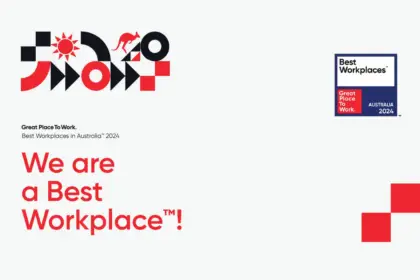The Sentis approach to safety culture diagnosis and measurement has been roundly endorsed at the 31st Annual Conference of the Society for Industrial and Organisational Psychology (SIOP) held in California in April 2016. Sentis’ paper outlining its approach to measuring the maturity of a company’s safety culture was selected as a top ten submission and awarded special presentation at the opening reception. Importantly, the paper won recognition over 1400 other submissions, through a rigorous blind peer-review process. The paper, entitled “Applying Industrial/Organisational Science and Methods to Diagnose Safety Culture Maturity,” received praise for Sentis’ rigorous methodology and associated diagnostic assessment process.
The overall consensus was that the Sentis approach is grounded in theory, while having significant practical applications and value to organisations. The approach was well-received by peer reviewers, with comments including:
- “The Sentis model provides a blueprint for developing theory-based models and measurement methodology.”
- “The authors rigorously tease out and define key constructs, develop measures, and use multiple measures to validate their model.”
What is the Sentis Safety Culture Maturity Model?
Safety culture drives employee safety behaviour in unique and measurable ways. Shared norms, beliefs and attitudes among the group influence the way individuals think and behave about safety themselves. As safety culture matures, levels of safety performance also improve.The Sentis Safety Culture Maturity model describes how a safety culture develops. Based on safety science and informed by practical industry experience, the model describes the characteristics of safety culture at various stages of evolution. It also reveals possible levers for change. This helps organisations to better understand their current culture and the type of culture they might aspire to.

The development of the Sentis Safety Culture Maturity Model included the integration of organisational psychology theories and concepts, such as task and contextual job performance, maturity matrices, and organisational (and safety) citizenship behaviour. Best practice organisational psychology research methods and analytical techniques were also employed.
The model can be used to not only understand how a safety culture matures in theory, but also to diagnose the current maturity of a company’s safety culture. Organisations can benchmark their safety culture against the model through Sentis’ Onsite Safety Evaluation (OSE)—a qualitative assessment that identifies a company’s safety culture strengths, opportunities and overall maturity.
Learn more about the Sentis approach to safety culture maturity.




